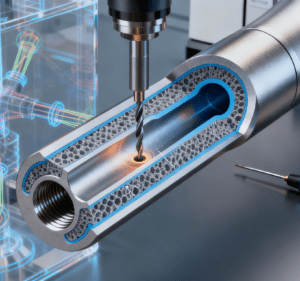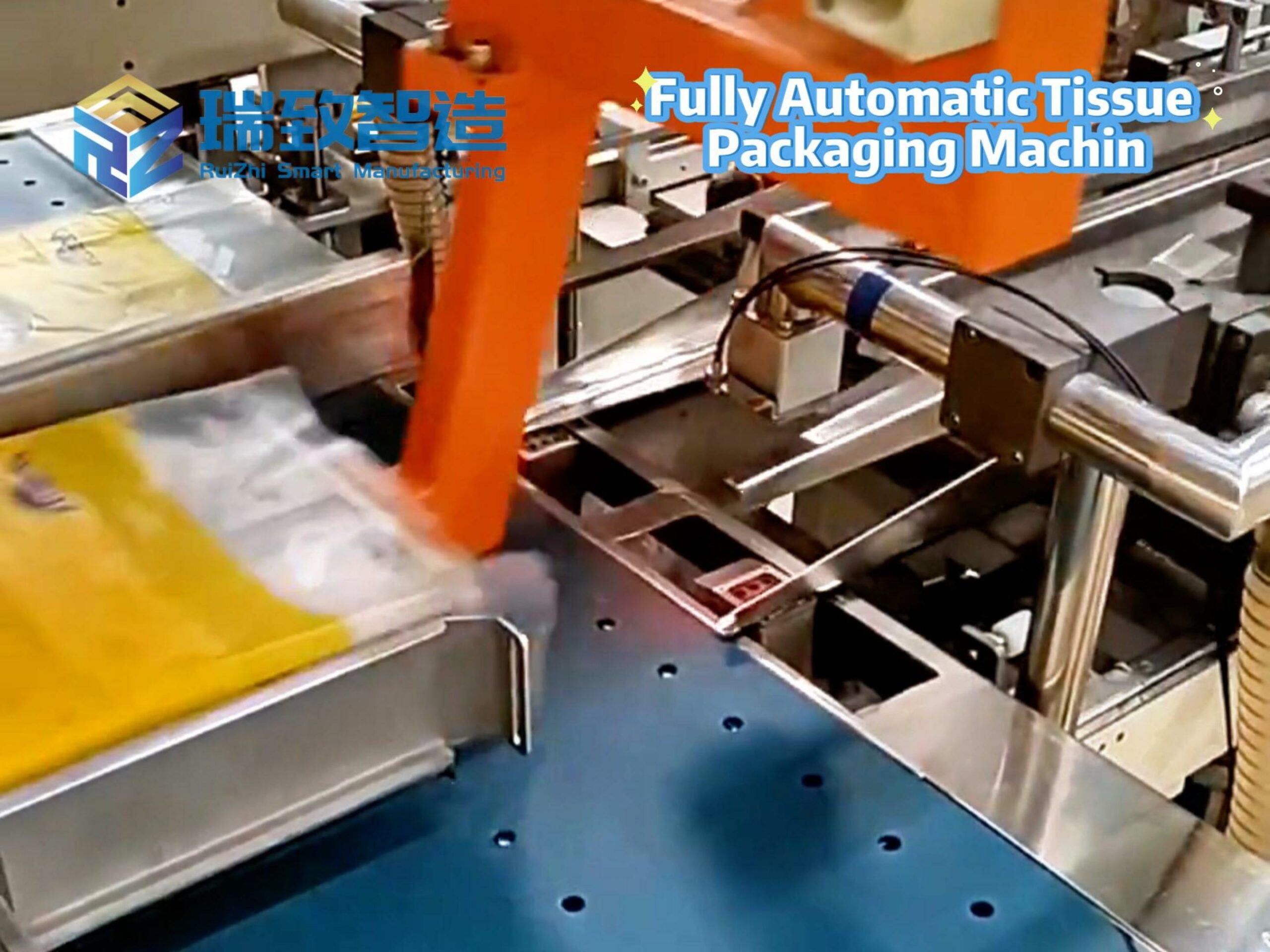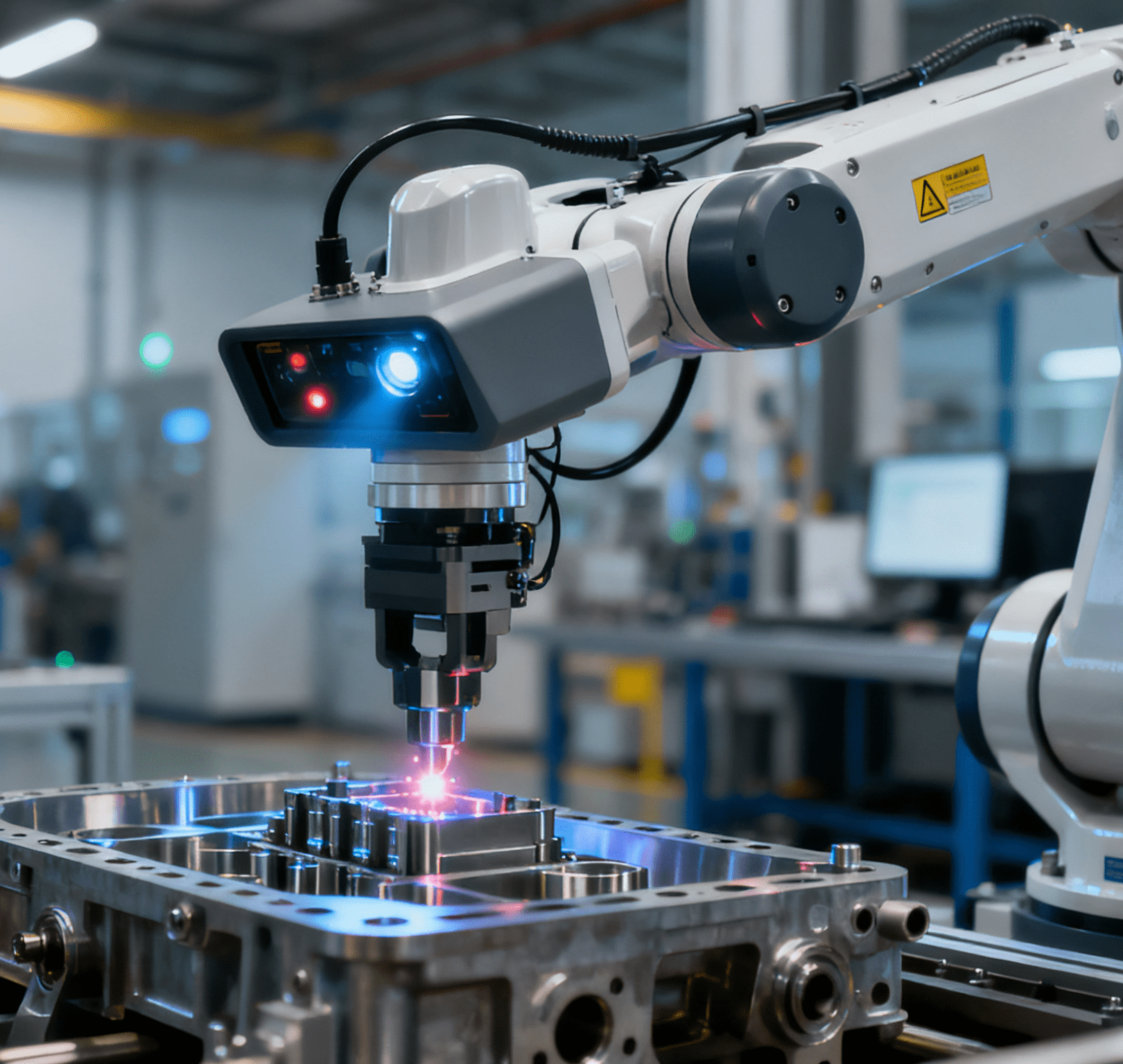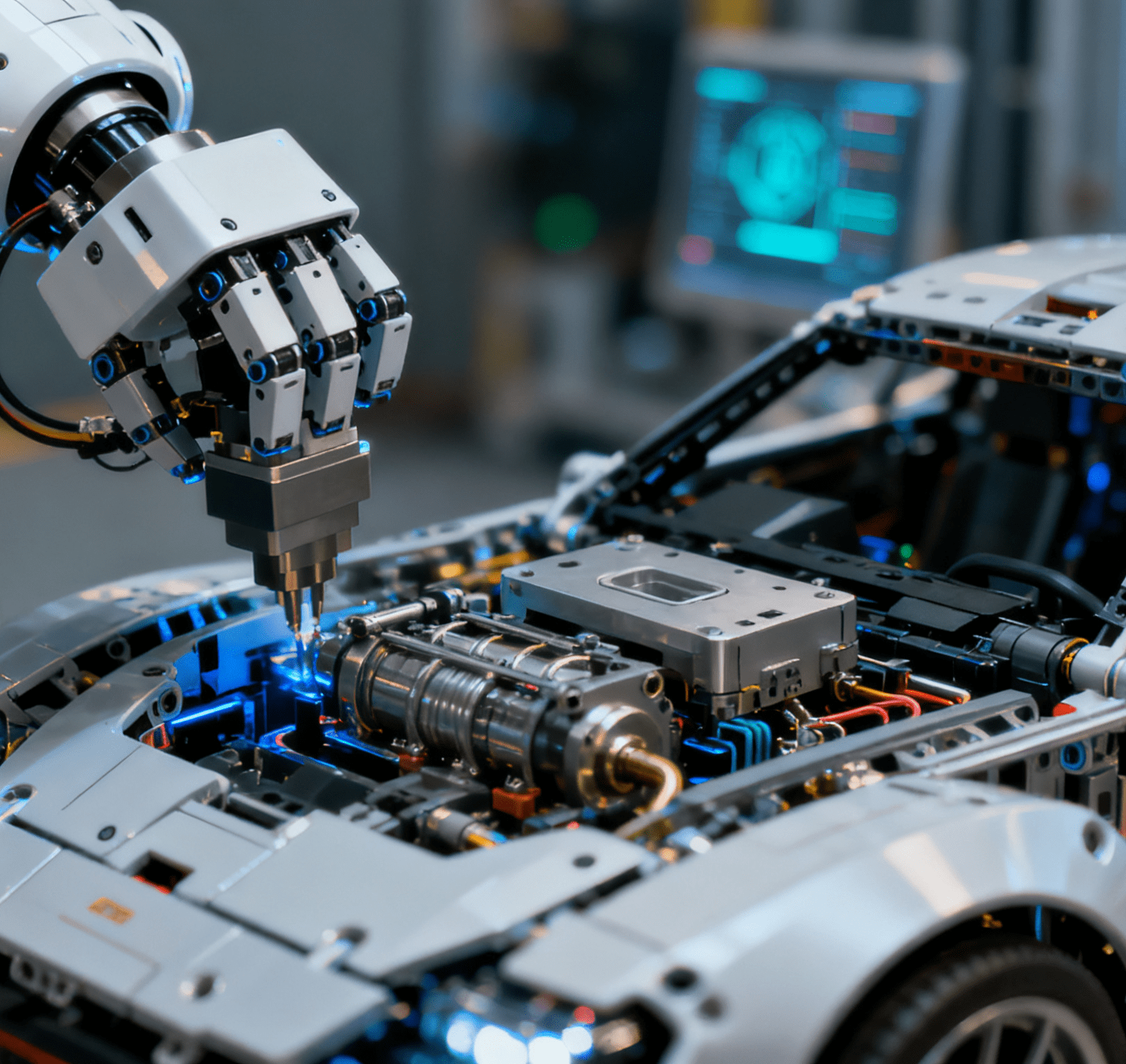
In the field of medical and health care, the quality of high-precision medical devices directly affects the accuracy of clinical diagnosis and the safety of surgical treatment. Among them, the processing precision, stability, and reliability of core components are the key determinants of device performance. CNC machining technology, relying on its unique technical advantages, has become the core method supporting the processing of high-precision medical devices. It fundamentally solves the precision bottlenecks and quality problems that are difficult to overcome with traditional processing methods, providing a solid guarantee for the high-quality development of the medical device industry.
Precise Tolerance Control: Safeguarding the Safety Bottom Line of Medical Devices
The precision requirements for components of high-precision medical devices far exceed those of ordinary industrial products. For example, the edge tolerance of minimally invasive surgical instruments and the gap of sensor components in diagnostic equipment often need to be controlled within the range of 0.01-0.05mm. Even a tiny error may lead to surgical mistakes or diagnostic deviations. CNC machining achieves precise control of the machine tool’s movement trajectory through computer programs. Combined with high-precision servo systems and testing equipment (such as coordinate measuring machines), it can achieve a processing accuracy of within ±0.02mm. Moreover, during the processing process, it can correct errors in real time, avoiding deviations caused by manual operations. This extreme precision control ensures that the components of medical devices can fit accurately after assembly, meeting the strict “zero-error” demand in clinical use and guarding the safety of patients from the source of processing.
Material Adaptability: Conquering the Processing Challenges of Special Medical Materials
High-precision medical devices often use special materials with good biocompatibility and high strength, such as titanium alloys (for implantable devices), medical stainless steel (for surgical instruments), and special ceramics (for diagnostic probes). These materials vary greatly in hardness, toughness, and processing characteristics. Traditional processing methods are prone to material deformation, surface damage, and even damage to the material’s biocompatibility. CNC machining can achieve efficient processing of a variety of medical materials by flexibly adjusting cutting parameters and matching special tools (such as ultra-fine grain cemented carbide tools). For instance, in response to the difficult-to-cut characteristics of titanium alloys, CNC machining can reduce material thermal deformation through low-speed constant torque cutting; for the brittle characteristics of medical plastics, it can avoid part cracking by optimizing the feed rate. This strong material adaptability solves the processing problems of various high-performance medical materials and creates possibilities for material innovation in medical devices.

Stable Mass Production: Ensuring the Quality Consistency of Medical Devices
The production of high-precision medical devices needs to balance “batch demand” and “quality uniformity.” If there are dimensional deviations in components of the same batch, it will reduce the assembly efficiency of the device and even cause some devices to fail to work normally. Traditional processing relies on manual experience, resulting in large quality fluctuations between batches, which is difficult to meet the large-scale production needs of medical devices. CNC machining realizes 24-hour continuous processing through standardized program settings and automated production processes. **Among them, the integration of Automated Part Feeding and Component Handling systems is a key link in optimizing the production chain: these systems can automatically and precisely convey medical part blanks (such as small titanium alloy blocks for surgical forceps) or semi-finished components to the CNC machining center’s workbench according to pre-set procedures. They not only avoid dimensional deviations caused by manual handling (which often leads to rework rates of more than 5% in traditional processes) but also reduce the risk of material contamination from human contact—critical for meeting the strict cleanliness standards of medical device production. **Meanwhile, the processing parameters (such as cutting speed, feed rate, and cutting depth) of each component are completely consistent, minimizing the factors of human intervention. At the same time, the CNC system can record the processing data of each component, as well as the operation logs of the Automated Part Feeding and Component Handling system (such as feeding time and positioning accuracy), facilitating full-process quality traceability. This ensures that every batch of medical device components meets industry standards and provides a stable processing guarantee for large-scale production.
Complex Molding: Facilitating the Structural Innovation of Medical Devices
With the development of medical technology, high-precision medical devices are gradually moving towards “miniaturization, minimally invasiveness, and integration.” For example, the catheter components of vascular interventional surgery and the tiny transmission components of endoscopes have complex structures and limited space, making it difficult for traditional processing methods to achieve fine molding. The multi-axis linkage technology of CNC machining (such as 3+2-axis and 5-axis machining) can break through space limitations and realize one-time molding of special structures such as complex curved surfaces, deep cavities, and micro-holes. For example, for the tiny channels (with a diameter of less than 1mm) in minimally invasive instruments, CNC machining can combine high-speed drilling and precision grinding to ensure that the inner walls of the channels are smooth and burr-free, avoiding blood residue or tissue damage; for the complex curved lens brackets in diagnostic equipment, 5-axis CNC machining can complete multi-surface processing at one time, reducing errors caused by multiple clamping. This ability to process complex structures provides technical support for the design innovation of medical devices and promotes the implementation of more minimally invasive and efficient medical devices.
Compliance and Controllability: Meeting the Quality Traceability Requirements of Medical Devices
High-precision medical devices are subject to strict industry regulatory supervision (such as the ISO 13485 medical device quality management system), which requires full-process traceability from raw material processing to finished product delivery. In case of quality problems, the problematic link must be quickly located. The digital management system of CNC machining can record key data in the processing process in real time, including raw material models, processing time, cutting parameters, and testing results. These data can be stored and exported to form a complete processing file. When quality traceability is required, the corresponding file can be retrieved to quickly identify the root cause of the problem. This meets the industry’s regulatory requirements for “full-process controllability” and reduces the quality risks of medical devices.
In the field of high-precision medical device processing, CNC machining has long gone beyond the scope of a “simple processing tool” and become a core support for ensuring product quality, promoting technological innovation, and meeting compliance requirements. From the precise cutting of millimeter-level components to the efficient processing of special materials, and then to the innovative molding of complex structures (aided by Automated Part Feeding and Component Handling for stable batch supply), CNC machining injects strong momentum into the R&D and production of high-precision medical devices with its advantages of precision, stability, and controllability. It also provides a solid technical guarantee for the medical and health industry to safeguard life safety and improve diagnosis and treatment levels. In the future, with the continuous upgrading of CNC machining technology, it will surely further promote high-precision medical devices towards a more precise, safer, and smarter direction.




















